Some dogs beg. Some whine. And then… there are the geniuses who push actual buttons to score extra snacks. Welcome to the elite class of button-pressing, treat-demanding dog breeds—where paws meet technology and hunger becomes a strategy.
The buttons are a form of augmentative and alternative communication (AAC) tools, originally designed to help non-verbal individuals express themselves. For dogs, these sound boards feature round buttons labeled with specific words, each programmed to speak the word aloud when pressed.
These aren’t just food-motivated pups—they’re thinkers, problem-solvers, and lowkey snack engineers. Whether it’s a talking buzzer that says “treat,” a food dispenser with a lever, or just a doorbell that leads you to the pantry, these clever canines have figured it out.
But it’s not all about smarts—these breeds also bring a whole lot of personality. From the dramatic expressions when the button doesn’t deliver fast enough, to the proud tail wags when their plan works, their snack quests are downright entertaining. If you’re a dog parent who’s ever thought, “Did my dog just hack the feeding system?”—you’re not alone.
Let’s take a look at the breeds most likely to push your buttons… literally. These four-legged foodies might just outsmart your schedule, your routine, and definitely your snack stash.
Dog Breeds That Push Buttons For More Food
1. Labrador Retriever
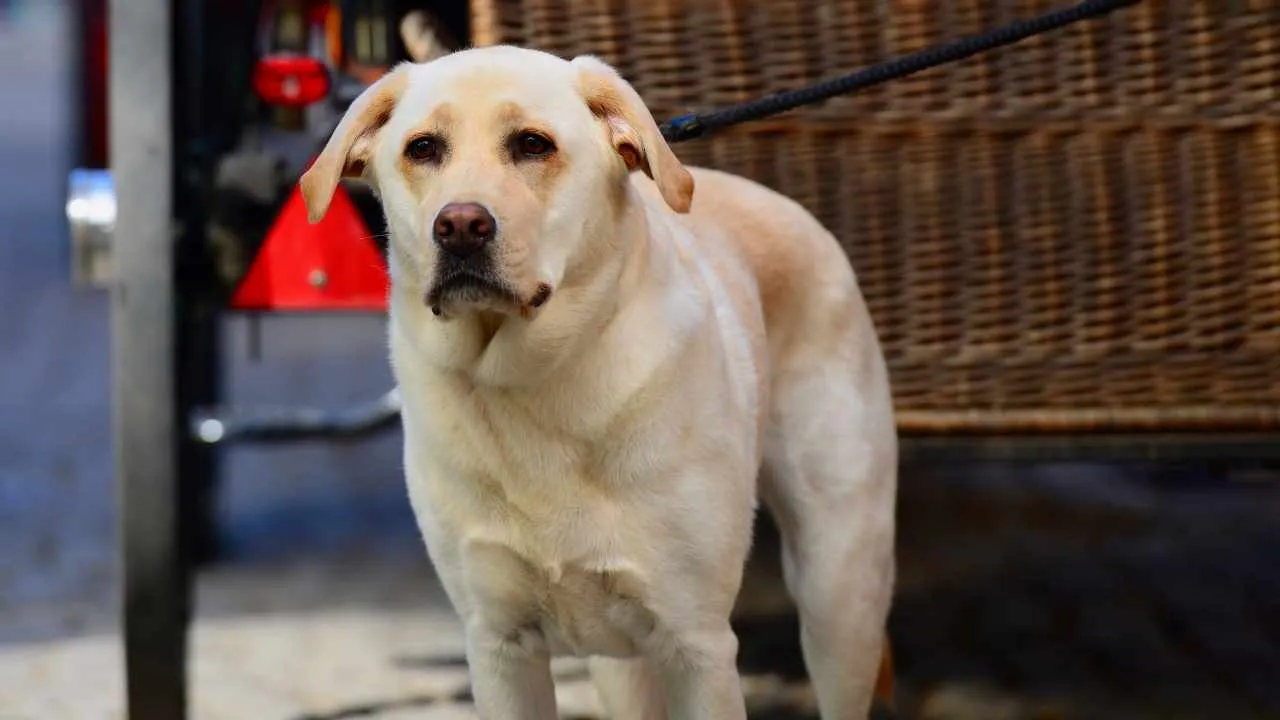
If there were Olympic gold medals for pushing buttons labeled “treat,” the Labrador Retriever would already have a whole trophy shelf—and probably try to eat that too.
Labradors are America’s sweethearts: loyal, loving, and forever famished. These big-hearted dogs are famously food-motivated, which makes them top-tier candidates for learning anything, as long as a snack is involved.
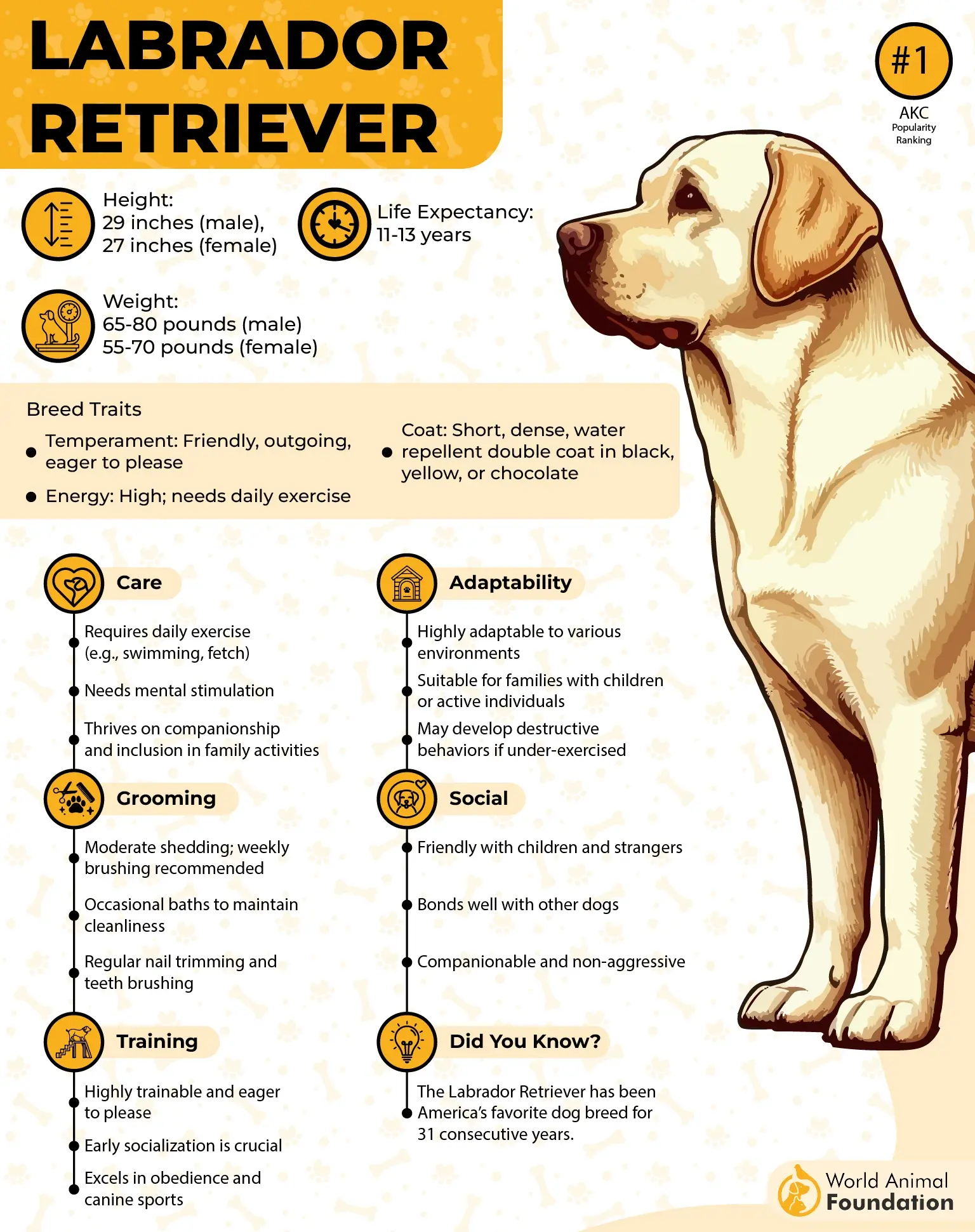
So when you introduce those clever talking buttons, it doesn’t take long before your Lab becomes fluent in “more,” “eat,” and “now.” Picture this: You’re enjoying a peaceful evening, and from across the room, you hear tap… tap… tap—a flurry of excited button-pressing.
You look over, and there’s your Lab, eyes wide, tail wagging at hurricane speed, standing proudly by a flashing “food” button like they just cracked the Da Vinci Code.
These dogs are smart—maybe too smart when it comes to mealtime negotiations. They’ll learn how to time their requests for maximum guilt trip: right after you sit down, during your Zoom call, or when guests arrive. Don’t be surprised if they invent a “just one more” button next.
Labrador Logic:
If it makes a sound, it means food.
If it smells like food, it is food.
If it doesn’t smell like food, maybe taste it anyway—just in case.
Verdict: Expect buttons to be mashed, snacks to disappear mysteriously, and your Labrador to become the ultimate canine communicator… with a culinary agenda.
2. Beagle

If Sherlock Holmes were reincarnated as a dog with floppy ears and a nose that runs the show, he’d be a Beagle, with one paw on the “food” button and the other already halfway into your snack drawer.
Beagles are driven by one thing above all else: scent. Their noses are built for tracking, and in a household full of modern tech, that just means sniffing out the button that leads to the next treat. You thought those talking buttons were cute? Your Beagle thinks they’re a buffet menu.
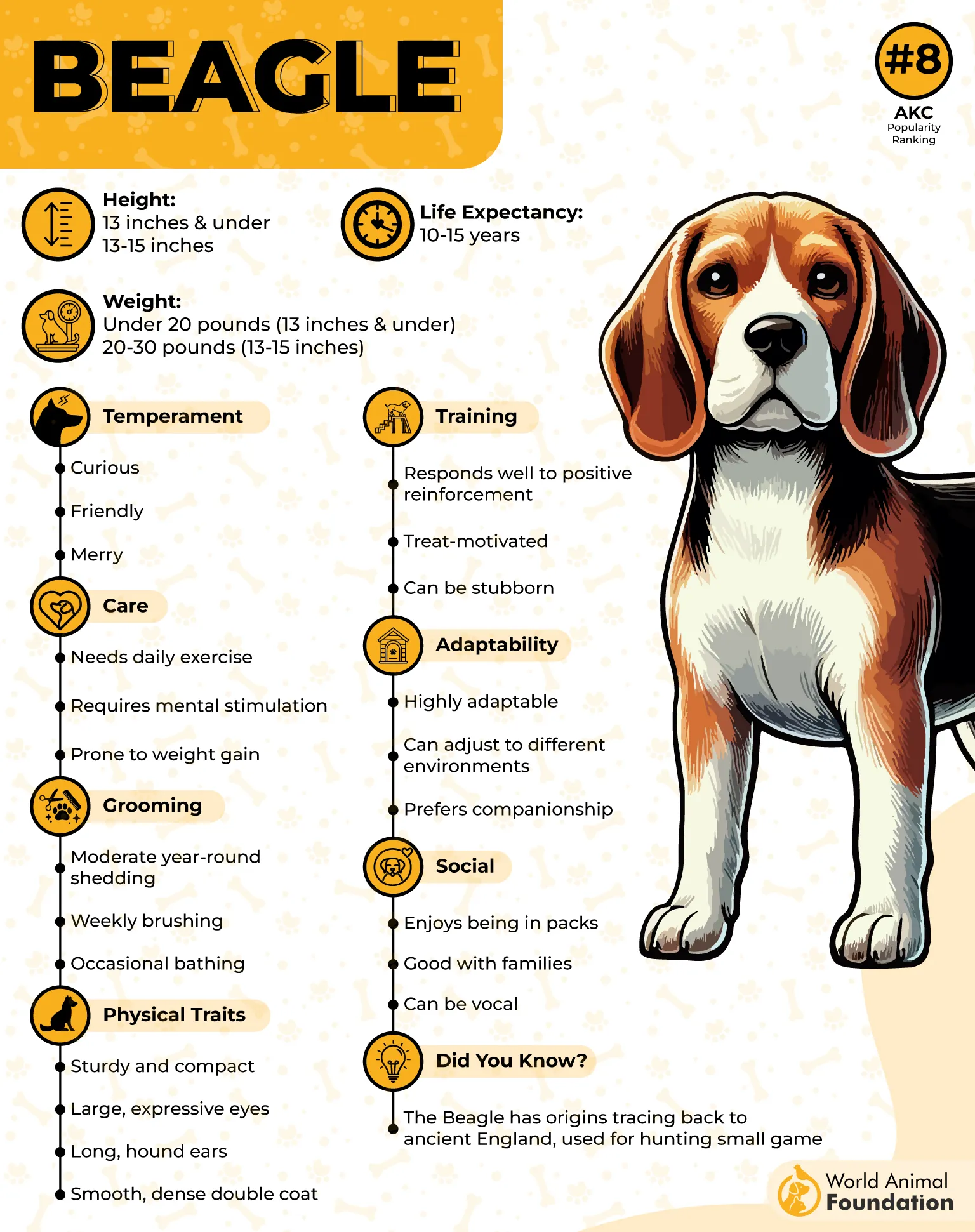
These little hound dogs are clever, stubborn, and fully committed to getting what they want. So when a Beagle figures out that pressing the “treat” button = delicious rewards, it becomes less of a communication tool and more of a tactical snack assault. You’ll hear “treat, treat, treat, treat” like a broken record… because persistence is the Beagle way.
And don’t bother trying to hide food. If there’s a smell, they’ll find it. If there’s a button that makes it happen, they’ll press it like they’re disarming a bomb—except the only explosion is the sound of crunching kibble.
Beagle Breakdown:
Nose: Overpowered.
Buttons: Mastered and repeatedly abused.
Snacks: Never safe again.
Verdict: With a Beagle and a button board, you’re not the pet parent anymore—you’re the snack supplier on call, 24/7.
3. Pug

The Pug is a historic breed that traces its roots back to China nearly 2,000 years ago. Once cherished by royalty worldwide, Pugs have since become a beloved and widely popular dog breed today.
Pugs don’t beg. They negotiate with dramatic eyes, theatrical sighs, and now… snack-request buttons. These charming little comedians have perfected the art of getting what they want, and once they realize that pressing “food” brings goodies, it’s game over for your treat stash.
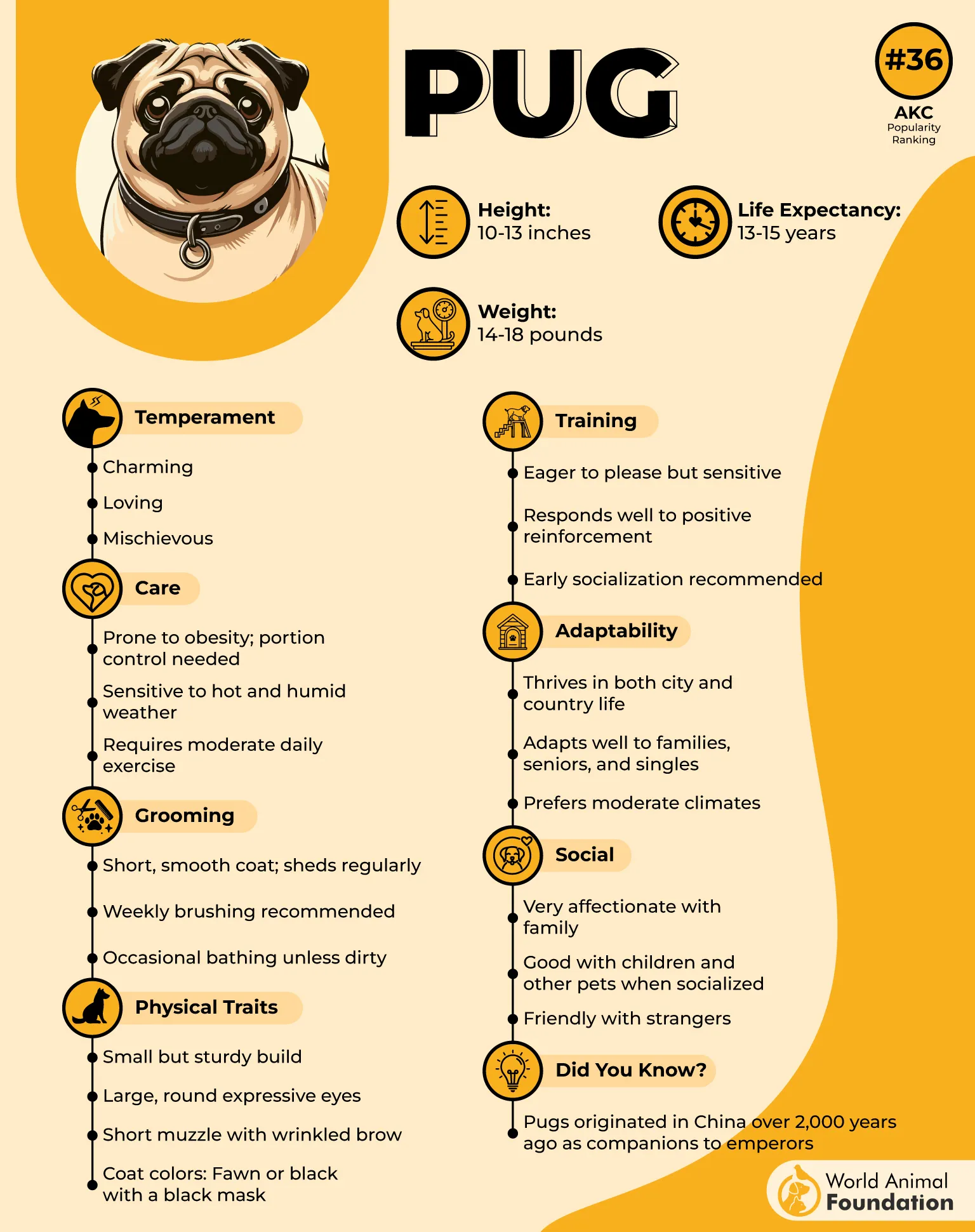
With their comically expressive faces and compact snorting engines, Pugs are masters at guilt-tripping their humans. Add a talking button board into the mix, and suddenly your adorable loaf-shaped roommate is pressing “hungry” like a contestant on a game show—except the prize is always snacks.
Sure, they may not break speed records learning commands, but for food? A Pug becomes an instant tech whiz. And they don’t just press once. Oh no. It’s a full-on drama performance—press, stare into your soul, dramatic head tilt, heavy sigh, press again. Oscar-worthy.
Pug Priorities:
Step 1: Snort.
Step 2: Press “treat.”
Step 3: Look offended when it doesn’t rain kibble immediately.
Warning: They may eventually invent their own button language:
“Snack?” = yes
“More?” = also yes
“Didn’t hear the first 12 times?” = try again louder
Verdict: A Pug with buttons is like a toddler with a vending machine—persistent, persuasive, and guaranteed to win your heart (and your last cookie).
4. Dachshund

Meet the Dachshund: part sausage, part mastermind, all attitude. These vertically-challenged, horizontally-gifted dogs are small in size but massive in mischief.
Once they figure out that a button can make snacks magically appear, it’s like giving a raccoon a credit card—chaos, nonstop.

Originally bred to hunt badgers, Dachshunds are determined, clever, and slightly dramatic. When it comes to food, they will press that “treat” button until their tiny toe beans go numb. And if you don’t respond fast enough? Prepare for side-eye so sharp it cuts deeper than their bark.
These button-loving sausages have a flair for the dramatic. Expect over-the-top reactions like slamming the button with flair, barking at it when it “ignores” them, or even dragging their toys over as offerings to sweeten the deal. Bribery is on the table, people.
Dachshund Tactics:
Strategy: Press every food-related button in sequence—something’s gotta work.
Vibe: Low to the ground, high on ambition.
Motivation: 98% treats, 2% pure spite.
Fun Fact: Their short legs don’t stop them from climbing chairs to get closer to the treat jar and the button. Acrobatics may be involved.
Verdict: A Dachshund doesn’t just ask for snacks—they stage a full negotiation complete with drama, persistence, and flair. Button board? More like a snack control panel in the paws of a wiener-shaped genius.
5. Golden Retriever
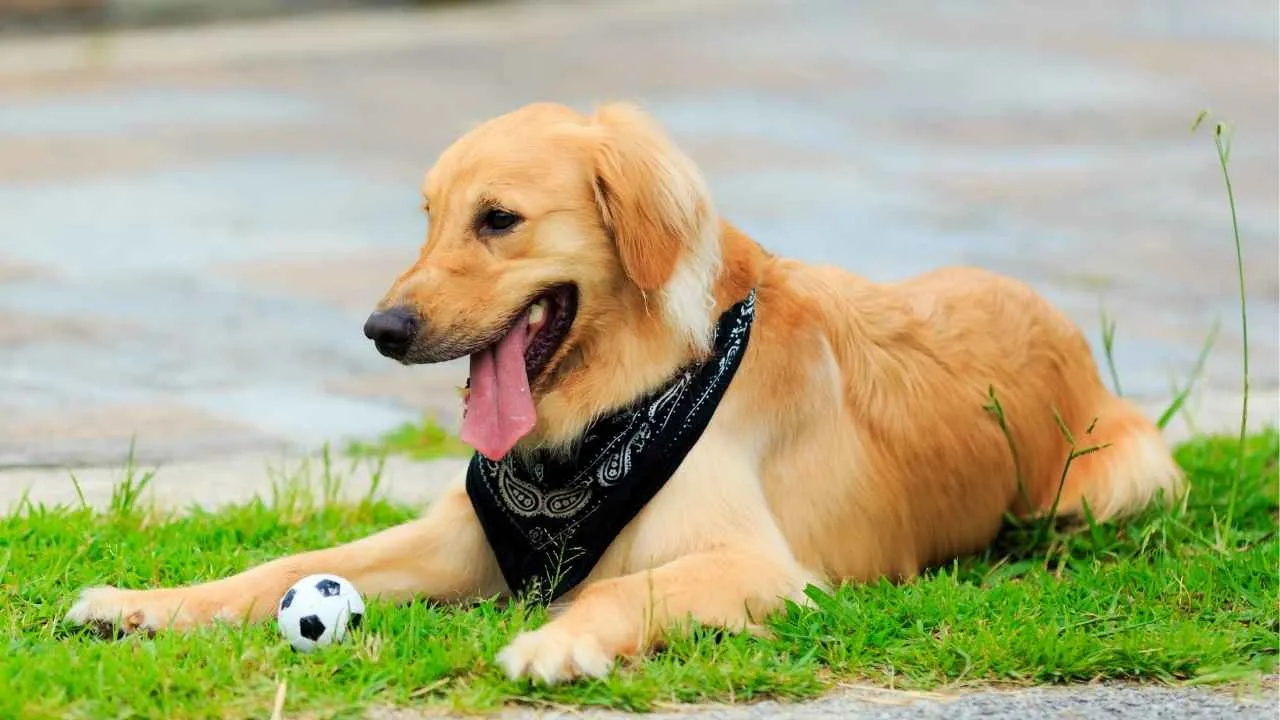
Golden Retrievers are not only highly intelligent but also deeply empathetic, making them excellent candidates for service and therapy work. It’s easy to see why they consistently rank among the top ten most popular dog breeds in the United States!
Golden Retrievers: loyal, loving, and just a little too enthusiastic when it comes to food. Give this sunshine-soaked sweetheart access to a button board and you’ll quickly realize—they’re not just man’s best friend… they’re also the kitchen’s biggest fan.

With their soft eyes, constantly wagging tails, and people-pleasing nature, Goldens are the ultimate charmers.
But don’t be fooled by their sweet smiles—behind that golden glow is a mastermind who’s figured out that pressing “treat” = snack time. And they’ll do it with the kind of gentle excitement that makes it impossible to say no.
Unlike the sassier breeds, Golden Retrievers press buttons politely. One soft paw tap. A hopeful head tilt. Maybe even a sit-stay for good measure. They’re not pushy—they’re just very persuasive in a “look how good I’m being, maybe I deserve that treat?” kind of way.
Golden Retriever Game Plan:
Press button.
Look lovingly into your soul.
Wait like the goodest good boy or girl.
Repeat… every 10 seconds.
Bonus Move: They’ll often hit the “outside” button right after “treat,” just to hint they’re ready for a victory potty parade.
Verdict: Sweet, smart, and snack-savvy, the Golden Retriever turns food buttons into wholesome moments you’ll happily cave to—every single time.
6. Great Dane

When a Great Dane hits the “treat” button, you hear it from the next room—because when you weigh as much as a human and have paws the size of mittens, every press is basically a mic drop.
Known as the “Apollo of dogs,” Great Danes are the tallest among working dog breeds and rank among the largest dog breeds overall. Great Danes are the gentle giants of the dog world.
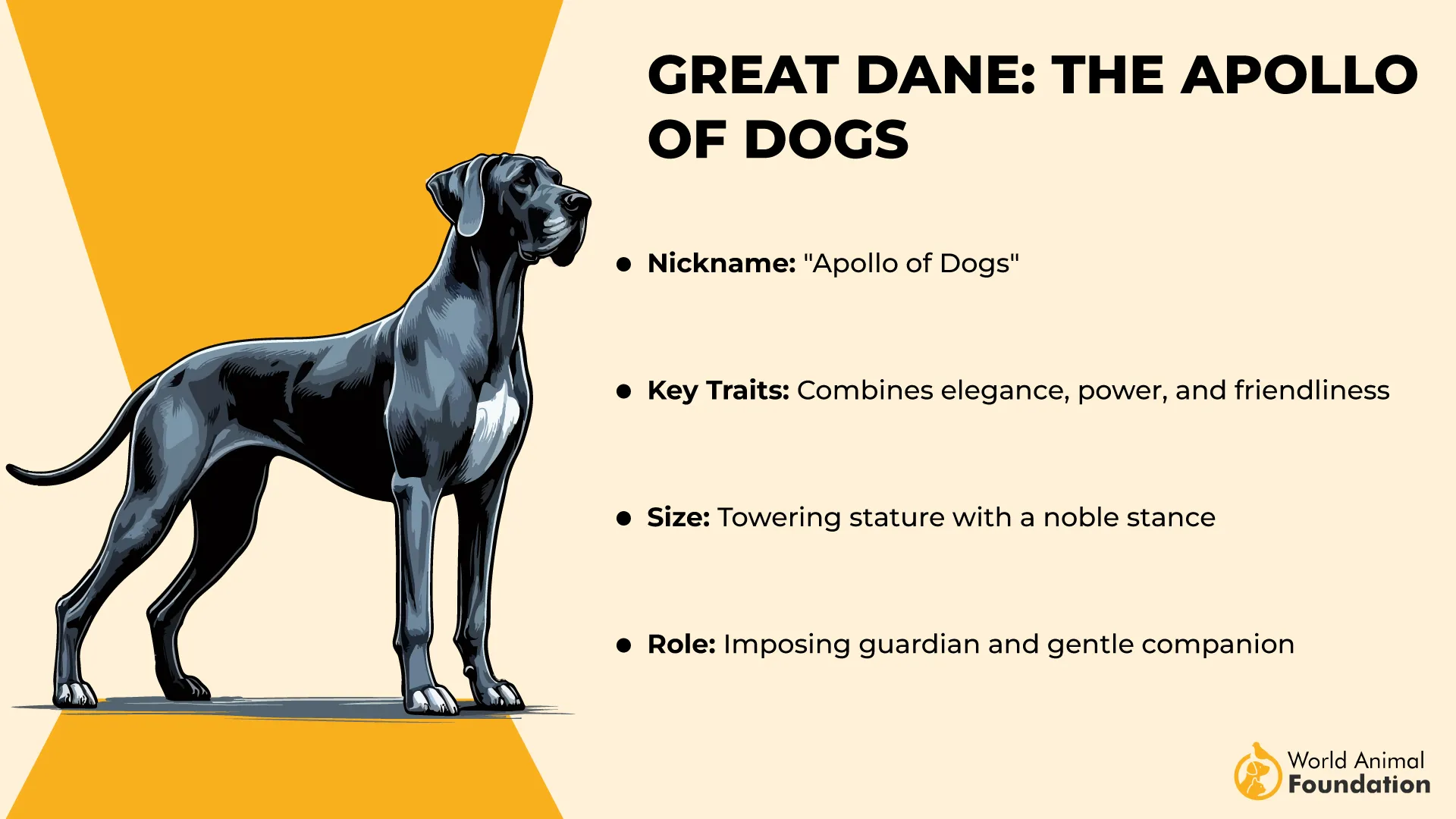
They’re not hyper, they’re not sneaky—but they do know how to make a point when their stomach starts rumbling. Once they discover that those funny buttons = food delivery, it’s game on (in slow motion).
They won’t mash the buttons with frantic energy like a Beagle or a Dachshund. No—Danes do it with poise. One big, dramatic press. Then they’ll stand there like a statue, waiting patiently but making intense eye contact, as if to say, “You heard it. I pushed it. Where’s the snack?”

Great Dane Button Style:
Step 1: Gently press with a paw that could crush a watermelon.
Step 2: Look majestic.
Step 3: Wait… looming.
Pro Tip: You might need a sturdier button board—those paws weren’t made for delicate tapping.
PetMD noted they thrive best in homes with plenty of room to move around and play. Although they can adapt to apartment living with a committed owner, a house with a fenced yard is ideal for their size and energy.
Verdict: Calm, commanding, and quietly demanding, a Great Dane uses their button privileges with royal dignity—but don’t mistake their patience for passivity. When that “food” button glows, the kitchen becomes your kingdom… and you will serve the king.
7. French Bulldog
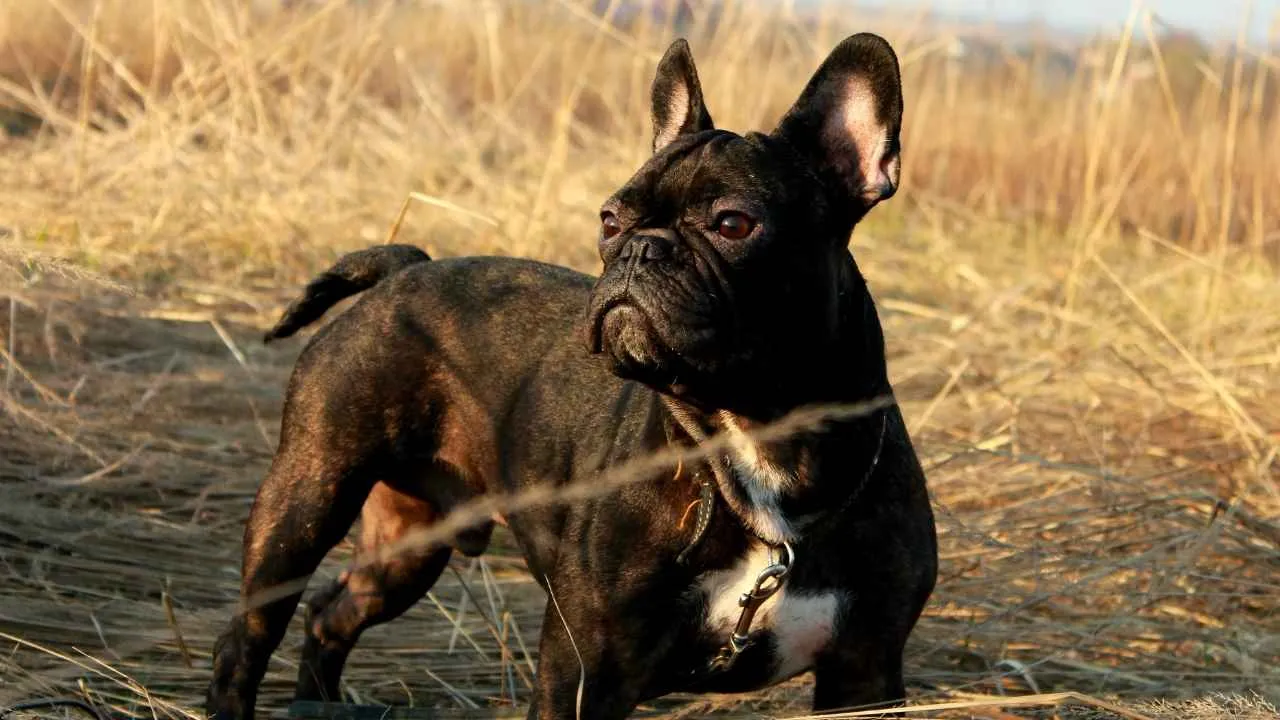
As one of the most beloved small dog breeds worldwide—particularly in urban settings—the French Bulldog is charming, playful, and highly adaptable.
French Bulldogs may be small, but their appetite for snacks and mischief is larger than life. These compact little clowns quickly realize that those talking buttons are the ultimate snack hack, and suddenly your Frenchie becomes a four-legged tech wizard with a singular mission: more treats, please!

With their iconic bat ears and snorty little snuffles, French Bulldogs have perfected the art of getting what they want, mostly through cute looks and a little stubborn charm.
Add a button board, and watch out. Those paws may be tiny, but their determination is huge. They’ll press “treat” repeatedly, sometimes accidentally hitting “play” on your phone, because, well… multitasking.
French Bulldog Essentials:
Paw size: Small but effective.
Button pressing style: Slow, deliberate, with flair.
Snack strategy: Look cute, press button, stare until rewarded.
According to the American Kennel Club (AKC), Frenchies fit right in with singles, couples, or families, and they don’t need much outdoor activity to stay happy. They’re typically friendly with other pets and love meeting new people.
Frenchies don’t rush. They’re more of the “slow and steady” button pressers who will patiently wait for their snack with big, soulful eyes that could melt steel. And if you’re ignoring them? Cue the trademark Frenchie snorts and possibly an exaggerated sigh that says, “Hello? Food here, human.”
Bonus: If you catch them mid-press, you might hear a tiny snort mixed with a “Did you see that?” vibe.
Conclusion
Thanks to the groundbreaking work of speech-language pathologists and dog trainers, many dogs are now learning to communicate using AAC devices—aka “dog buttons.” With proper training, dog owners and trainers have seen dogs press buttons to express needs like “meal,” “toy,” “walk,” or even “play.” Research teams are watching closely to determine whether this button-pressing behavior reflects true understanding.
Still, the process is fascinating: dogs use body language, barking, and even pointing to communicate with humans, kids, and other pets—sometimes right from the couch or yard. These videos show dogs learning to talk, express needs, and interact using words in a whole new way.
It’s clear that with patience, teaching, and the right course, canines have the ability to sense, understand, and communicate more than we ever imagined—one button at a time.


